Introduction: The Digital Nomad Lifestyle & The Need for a Virtual Home
The digital nomad lifestyle is no longer a niche—it’s a movement. As remote work becomes mainstream and more people trade cubicles for co-working spaces in Bali or Lisbon, a new need arises: your digital home base.
Instagram profiles and LinkedIn pages are great, but they’re not built for ownership. Algorithms change. Platforms evolve. But your website is yours—your brand, your platform, your terms.
Whether you’re freelancing, consulting, selling digital products, or growing a personal brand, a personal website is the digital anchor that connects you to your audience and future clients. And with platforms like Squarespace, creating a professional site no longer requires coding knowledge or a big budget.
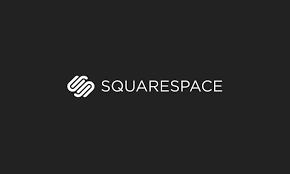
🌍 Part 1: Why Every Digital Nomad Needs a Personal Website
Here’s the truth: if you want to stand out in today’s remote work market, a website is no longer optional—it’s essential.
1. Own Your Digital Identity
When someone Googles your name, what shows up? Is it a patchy collection of social media profiles, or is it a polished platform that shows you mean business?
Your personal website is:
- Your online resume
- Your portfolio
- Your story
- Your storefront
It’s your first impression, and in the online world, you often only get one.
2. Showcase Your Work and Skills
For freelancers and consultants, showcasing your work is key. A well-organized site allows you to:
- Display portfolios and case studies
- List testimonials from clients
- Link to press or features
- Offer downloadable resumes or service packages
With Squarespace, you can add image galleries, sliders, and project pages with ease—no developer needed.
3. Build Trust with Clients
Clients want to work with professionals who take themselves seriously. A website signals that you’re not just a hobbyist—you’re a professional with a plan.
Things like:
- A strong “About” page
- A clean portfolio
- Clear service offerings
- Client testimonials
…go a long way in building credibility and closing deals.
4. Attract New Clients and Leads
With built-in SEO tools, a blog, and integrations like email capture forms and booking calendars, your site becomes a lead generation machine.
Even when you sleep (or cross time zones), your site:
- Collects inquiries
- Books consultations
- Sells digital products
- Sends welcome emails
It becomes your 24/7 sales funnel.
5. Express Your Personal Brand
Your website should feel like you. From the fonts and colors to your tone of voice, every element contributes to your brand identity.
On Squarespace, you have full control over the aesthetic—choose a minimalist design, a bold photo-driven layout, or something completely custom. It’s your platform, not just a social media profile.
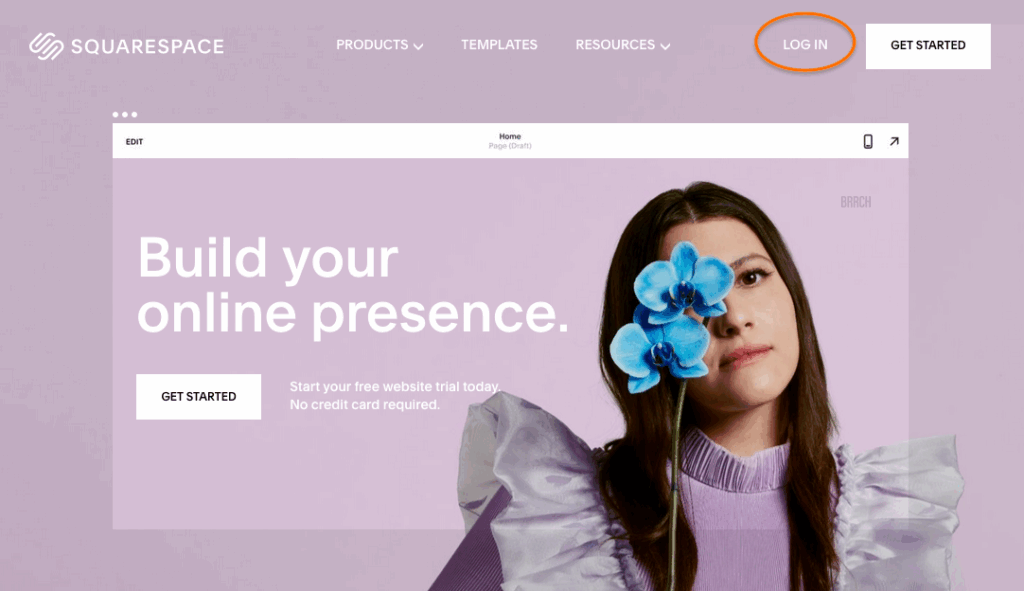
🧭 Part 2: What to Include On Your Digital Nomad Website
Wondering what pages and content you actually need? Here’s a roadmap to a powerful yet simple site that works for freelancers, creators, and remote entrepreneurs alike.
1. 🏠 Home Page
This is your digital front door. It should clearly explain:
- Who you are
- What you do
- Who you help
- How to get in touch
Include a professional photo, a short value-driven pitch, and a call to action (CTA)—like “Work with me,” “See portfolio,” or “Book a call.”
2. 👤 About Page
This is where you make a personal connection. Share your journey:
- Where you’re from
- Why you started working remotely
- The values that drive your work
- Any fun personal facts that add warmth
Use storytelling to build emotional resonance.
3. 💼 Services or Portfolio Page
What do you offer? How can someone hire you? This page should:
- List your services with descriptions
- Include a “Start Here” section for new clients
- Share client results or portfolio items
- Include testimonials and FAQs
💡 Squarespace templates like Brine or Paloma are perfect for showcasing service packages and design portfolios.
4. 📝 Blog (Optional but Powerful)
A blog helps in two major ways:
- Improves your SEO (helps you rank on Google)
- Builds authority and trust
Topic ideas for nomads:
- “How I Found My First Freelance Client in Thailand”
- “Tools I Use to Work Remotely From Anywhere”
- “Lessons From 2 Years of Full-Time Travel”
5. 📩 Contact Page
Don’t forget this! Make it easy for visitors to get in touch. Include:
- A contact form
- Your email address
- Links to social media
- (Optional) Scheduling tool like Calendly
🛠️ Part 3: How to Build a Website with Squarespace (Step-by-Step)
Creating a beautiful, functional site is easier than you think. Here’s how you can do it in less than a weekend:
Step 1: Sign Up for a Free Trial
Head over to Squarespace.com and create an account. You’ll get 14 days free to build your site before deciding on a plan.
Step 2: Choose a Template
Pick from stunning templates tailored for personal brands, freelancers, and creatives.
Best for digital nomads:
- Paloma: Sleek, personal brand focus
- Rally: Clean and high-impact for freelancers
- Wells: Stylish, professional, good for portfolios
- Skye: Visual storytelling with blog integration
Step 3: Customize Your Design
With the drag-and-drop editor, you can:
- Change colors and fonts
- Swap out demo text
- Add your logo or header image
- Rearrange page sections
Step 4: Add Your Content
Start with the essentials:
- About Me
- Portfolio/Services
- Blog
- Contact Page
Squarespace also supports video backgrounds, image galleries, eCommerce, and email marketing—everything you need in one place.
Step 5: Optimize for SEO
Squarespace includes built-in SEO tools:
- Custom page titles and descriptions
- Automatic mobile optimization
- Image alt text and structured data
You don’t need to install plugins or know coding.
Step 6: Connect Your Domain
You can buy a custom domain directly through Squarespace (e.g., yourname.com) or connect one you already own.
Step 7: Hit Publish!
Once you’re happy, hit “Publish.” You’re live and ready to promote your personal brand to the world.
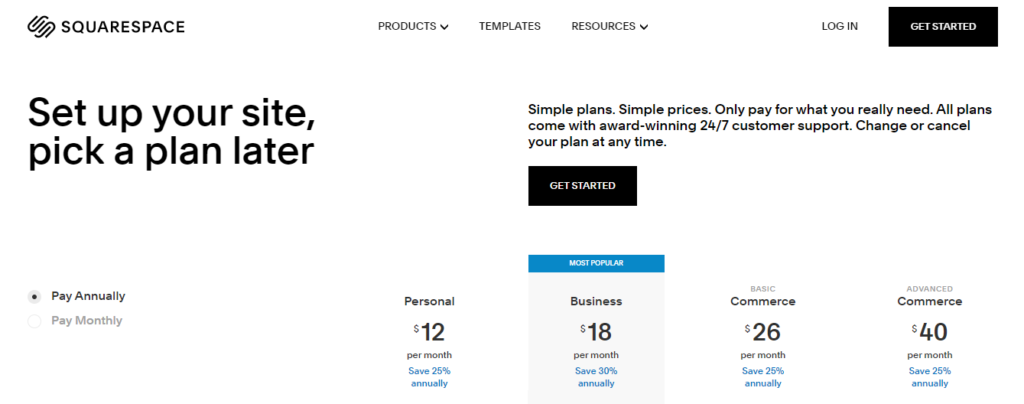
💼 Part 4: Ways to Monetize Your Website as a Digital Nomad
Now that your site is live, let it work for you. Here are ways to turn your website into a revenue-generating asset.
1. Sell Freelance Services
Use your site as a professional portfolio:
- Copywriting, design, coaching, development, photography, etc.
- Create service packages and integrate Squarespace Scheduling so people can book time with you directly
2. Offer Digital Products
Create and sell:
- eBooks and guides
- Lightroom presets
- Notion templates
- Printable travel checklists
Squarespace’s commerce tools make it easy to set up a shop and collect payments.
3. Run a Paid Newsletter or Membership
If you have valuable insights, offer premium content through a paywall or newsletter:
- Travel hacks
- Nomad guides
- Remote job listings
Use Squarespace Email Campaigns to automate email marketing and list-building.
4. Use Affiliate Marketing
Share your favorite tools and gear:
- VPNs
- Travel insurance
- Coworking apps
- Gear (laptops, bags, cameras)
Add affiliate links inside blog posts or resource pages.
📱 Part 5: Tools, Apps, and Resources I Use as a Nomad Blogger
Here’s my everyday digital toolkit, all compatible with my Squarespace website:
🌐 Web & Content Tools
- Squarespace – Website, blog, email, and shop in one
- Grammarly – Writing assistant
- Notion – Content and travel planning
- Google Drive – Drafts and image backups
📸 Content Creation
- Canon M50 / Sony ZV-1 – Travel vlogging and photos
- iPhone 13 Pro – Quick blog images
- Lightroom Mobile – Photo editing
- Canva – Blog graphics and Pinterest pins
📣 Marketing Tools
- Pinterest – Visual search engine traffic
- Instagram – Lifestyle and brand awareness
- Flodesk / Mailchimp / Squarespace Email – Email marketing
- SEO Minion – Quick SEO audits
📊 Case Study: From Zero to 20,000 Page Views a Month
When I launched my site on Squarespace, I had:
- No followers
- No prior clients
- Zero SEO experience
Within 6 months, I:
- Ranked for multiple keywords on Google
- Got published in a travel magazine
- Landed 3 high-ticket clients through my portfolio
- Built an email list of over 1,200 subscribers
- Sold over $1,500 in digital downloads
All from my Squarespace website, without hiring a developer.
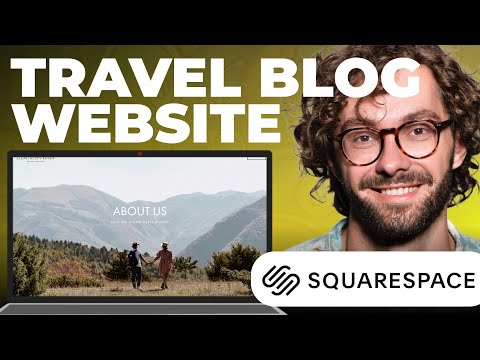
🧡 Final Thoughts: Own Your Space in the World
Being a digital nomad means you’re not tied to one location. But in a world full of temporary spaces—Airbnbs, coworking desks, visa stamps—your website is your forever space.
It’s your chance to tell your story, grow your income, and leave a digital footprint that lasts.
So if you’re serious about working remotely and building a personal brand, don’t wait. Claim your space online. The world is watching—and ready to work with you
Whether you’re hopping between Bali and Barcelona or working from a coffee shop in Lisbon, being a digital nomad is about freedom, flexibility, and independence. But there’s one thing every digital nomad needs that often gets overlooked: a personal website.
In a world where your next client, collaborator, or employer is just one Google search away, your website is your digital headquarters. And thanks to platforms like Squarespace, building one has never been easier—even if you have zero tech experience.
🌍 Why a Website Matters for Digital Nomads
Let’s get one thing straight: your Instagram is not your resume. And while LinkedIn is great for networking, it doesn’t show the whole you.
Here’s why a personal website is essential if you’re living the remote work life:
1. It Builds Instant Credibility
When people Google you (and they will), your website gives you a professional presence that social media can’t match. You control the narrative, the layout, and the branding.
Whether you’re a freelance writer, web developer, travel coach, or startup founder, a website shows that you’re legit—and makes it easier for people to trust and hire you.
2. It Showcases Your Work, Skills & Story
Unlike resumes and job boards, a website lets you highlight your personal brand:
- Portfolio of past work
- Case studies and testimonials
- About Me section that tells your story
- Blog posts that position you as an expert
It’s your way to say: “Hey, here’s who I am, what I do, and why I’m awesome—on my terms.”
3. It Attracts New Clients & Opportunities
Many digital nomads get clients through referrals and content. Having a well-designed website helps you:
- Rank on Google for relevant keywords
- Promote your services 24/7
- Get inquiries through your contact form
- Link your portfolio in proposals and emails
With a Squarespace website, you can even integrate scheduling, eCommerce, and email marketing—all in one place.
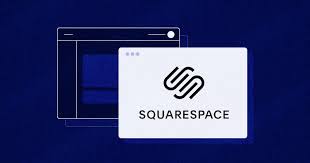
🧠 What to Include in Your Digital Nomad Website
Here’s a roadmap of must-have pages to include:
✍️ 1. Home Page
This is your digital front door. Make it clean, welcoming, and informative.
Include:
- A headline that says what you do
- A photo of you or a branded graphic
- A brief summary of your mission or services
- A call-to-action (like “Hire Me” or “See My Work”)
👩💼 2. About Page
Share your journey as a digital nomad.
Tell people:
- Where you’re from
- What you do
- Why you love remote work
- Your values and approach
- A few fun facts (make it human!)
💼 3. Portfolio or Services Page
Highlight:
- What services you offer
- Projects or clients you’ve worked with
- Testimonials
- Tools or skills you specialize in
- Pricing (optional)
💡 With Squarespace, you can use image grids, sliders, and project pages to beautifully showcase your work.
📝 4. Blog (Optional, But Powerful)
A blog builds trust and SEO. Write about:
- Life as a digital nomad
- Remote work tips
- Productivity hacks
- Industry insights
- Travel + work stories
💬 Example: “How I Got My First Freelance Gig While Living in Chiang Mai”
📩 5. Contact Page
Let people easily reach you. Include:
- A contact form
- Email address
- Social media links
- (Optional) Calendly booking integration
🔧 How to Build Your Website with Squarespace
Here’s why I recommend Squarespace for digital nomads—and how to build your site step by step.
💻 Why Squarespace?
- All-in-one: Hosting, templates, blogging, and SEO tools built-in
- No coding: Drag-and-drop builder makes design easy
- Modern templates: Clean, mobile-friendly designs that look pro
- SEO-ready: Helps you get found on Google
- Support: 24/7 live chat and email support
- Free trial: Build your site before paying a cent
🛠️ Step-by-Step Guide
- Sign up for a free trial
→ Start here - Pick a template
- Best for digital nomads: Paloma, Brine, Farro, or Rally
- Choose one with a clean layout and image-friendly blocks
- Customize your site
- Add your own logo, colors, fonts
- Fill in content using pre-designed sections
- Rearrange pages easily
- Add your domain
- You can buy one through Squarespace or connect an existing domain
- Set up basic SEO
- Use custom page titles, meta descriptions, and alt tags
- Publish your site!
- Once you’re happy, click “Publish” and go live
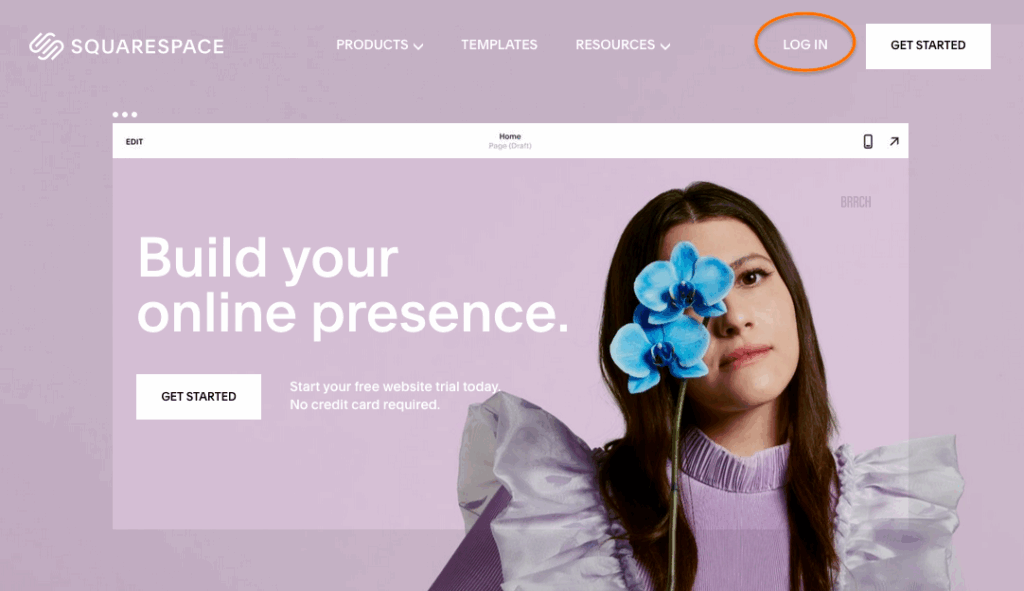
💸 Monetize Your Website as a Digital Nomad
Your site doesn’t just showcase you—it can make you money.
1. Freelance Services
Use it to promote your:
- Copywriting or design
- Coaching or consulting
- Virtual assistance or project management
- Tech services (e.g., SEO, development)
Squarespace includes scheduling and invoicing tools.
2. Affiliate Marketing
Promote products you use and love with referral links. Example:
- Hosting platforms
- Travel gear
- Remote tools (VPNs, coworking passes, etc.)
3. Digital Products
Sell:
- Notion templates
- Online courses or eBooks
- Printables
- Lightroom presets
Squarespace has eCommerce tools built-in with no third-party plugins required.
🔄 Update From Anywhere
Digital nomads live on the move, so flexibility is key. Squarespace’s mobile app lets you:
- Edit blog posts
- Upload new images
- Reply to contact form inquiries
- Track site traffic
Whether you’re in a hostel in Prague or a campervan in Patagonia, your business stays with you.
🧡 Final Thoughts: Your Website = Your Digital Home
Being a digital nomad isn’t just about where you work. It’s about how you present yourself to the world. A personal website helps you:
- Attract new clients
- Showcase your unique lifestyle
- Build a long-term online presence
- Tell your story the way you want
And with Squarespace, building that site is easier, faster, and more beautiful than ever.
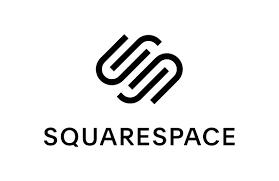
Love the idea of a digital home base. I’m still a newbie digital nomad and worried about tech stuff. Is Squarespace really that beginner-friendly?
This really hits home! I’ve been traveling full-time for two years and finally realized I needed a website that’s truly mine, not just social media pages. Thanks for the Squarespace tips!
As a digital nomad who sells digital products, I found Squarespace’s e-commerce features super easy to use. Would recommend!
I’m curious how much it costs to run a Squarespace site monthly for a personal brand? Is it affordable for someone just starting out?
Great reminder about ownership. Algorithms do change fast — I’ve lost reach on social platforms so having a website feels like a safe bet.
Nice article! Do you know if Squarespace integrates with email marketing tools? That’s something I’d want on my site.
I built my site on Squarespace last year and honestly it changed my business. Clients take me more seriously when I have a professional site to show.
I agree — relying solely on Instagram for business is risky. Does Squarespace offer good options for integrating freelance portfolios and booking systems?